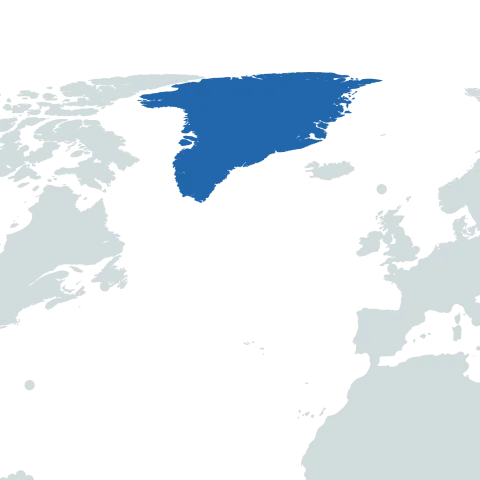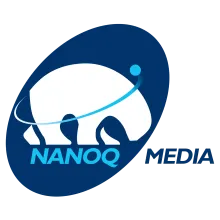Greenland, the world's largest non-continental island, has a unique geography that presents challenges for telecommunications and technology infrastructure. Its vast and harsh terrain, characterised by ice-covered landscapes and sparse population distribution, makes traditional infrastructure development difficult. The country's population, which is just over 56,000, is concentrated along the coastline, with Nuuk, the capital, as the largest city. Greenland is heavily divided into different regions, each with varying levels of infrastructure and technology. While the capital and some other regions have relatively developed telecommunications, many isolated communities rely on satellite communications. The country’s telecommunications sector is primarily monopolised by TELE Greenland, which provides both fixed-line and mobile services. Renewable energy, primarily from hydropower, is becoming more prevalent, with the government aiming to make the nation's energy supply 100% renewable by 2030. However, technology and telecommunications sectors are still considered in a developing state, with ongoing efforts to modernise and improve services and infrastructure.

Mobile Network Operators
The are 2 companies operating mobile networks in this region.

Nanoq Media is a telecommunications company operating in Greenland. Nanok Net is a wireless broadband service provided by Nanok Media. The company was originally formed as a broadcast and media company, beginning in 2002, diversifying to provide local internet services in 2016.
